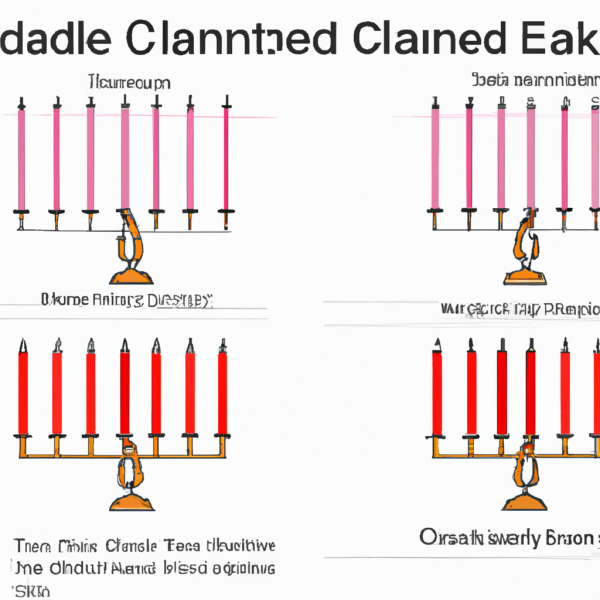Understanding Candlestick Patterns for Successful Trading

Candlestick Patterns Explained
Candlestick patterns are a popular tool used by traders to analyze and predict future price movements in the financial markets. By understanding the various candlestick patterns, traders can make more informed decisions about when to buy or sell assets. In this article, we will explain some of the most common candlestick patterns and how they can be used in trading.
Doji
A doji candlestick pattern is formed when the opening and closing prices are virtually the same, resulting in a small or non-existent body. This pattern indicates indecision in the market and can signal a potential reversal in trend. Traders often look for confirmation from other technical indicators before making trading decisions based on a doji pattern.
Hammer
A hammer candlestick pattern is characterized by a small body and a long lower wick, resembling a hammer. This pattern typically occurs at the bottom of a downtrend and signals a potential reversal in price direction. Traders may look to go long when they spot a hammer pattern forming.
Engulfing
An engulfing candlestick pattern occurs when a larger candle completely engulfs the previous candle, indicating a shift in market sentiment. A bullish engulfing pattern forms when a green candle engulfs a red candle, signaling a potential uptrend. Conversely, a bearish engulfing pattern forms when a red candle engulfs a green candle, indicating a potential downtrend.
Morning Star
The morning star candlestick pattern is a bullish reversal pattern that consists of three candles. The first candle is a large red candle, followed by a small-bodied candle that gaps down. The third candle is a large green candle that closes above the midpoint of the first candle, signaling a potential reversal in price direction.
Evening Star
The evening star candlestick pattern is the bearish counterpart to the morning star pattern. It consists of three candles, with the first being a large green candle, followed by a small-bodied candle that gaps up. The third candle is a large red candle that closes below the midpoint of the first candle, indicating a potential reversal in price direction.
These are just a few examples of the many candlestick patterns that traders use to analyze market trends and make trading decisions. By familiarizing yourself with these patterns and understanding how they can be used in conjunction with other technical indicators, you can improve your trading strategy and increase your chances of success in the financial markets.